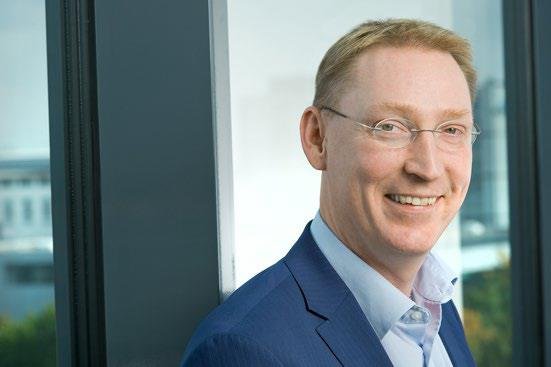With rapid economic development and population growth, cities are becoming larger and more complex, while presenting unique opportunities and challenges for resource management and the quality of life of the people who live in them. Urbanisation impacts people's lives, economies, environments and communities, so responsible and sustainable management is important to ensure a future for all.
In this context, the intelligent city or "smart city" is increasingly becoming a reality. By utilising advanced technologies such as the Internet of Things (IoT) and real-time connection to data, cities can become more efficient, sustainable and liveable for citizens. One example of this is "smart lighting", i.e. public lighting with LED light sources that uses sensors and technologies to adapt to the needs of the city and its people in a connected and controllable way, thereby reducing energy costs and improving safety and quality of life. The combination of the two technologies LED and IoT thus leads to a real evolution.
These two concepts – urbanisation and smart cities – are closely linked to sustainability, as the growth and development of cities have a significant impact on the environment and people's quality of life. Creating sustainable smart cities requires efficient planning and management of resources such as energy, water and waste, as well as the use of innovative technologies such as smart lighting.
What needs on the one hand and what opportunities on the other are driving this paradigm shift and the increased use of intelligent lighting (or networked lighting) in cities and on roads?
There is a fundamental need to reduce operating costs and improve the energy efficiency of public lighting systems. This is why most public administrations have already taken the first step towards LED street lighting, achieving energy savings of 30 to 70 per cent.
“Thanks to the implementation of intelligent and networked lighting, it is possible to recognise inefficiencies, intervene in maintenance work in good time and adjust the brightness and intensity of each street lamp or luminaire to the actual usage requirements,” says Florian Hockel, Director Business and Service Development at TÜV SÜD. For example, at night, when there are fewer passers-by than in the evening and less light is needed, the intensity can be automatically adjusted using dimming functions. This extends the service life and means light sources need to be replaced less often. “This 'adaptive light' can lead to considerable economic savings in management and maintenance activities, which have an impact on the expenditure of public administrations.”
Cost optimisation is just one advantage that a public administration must consider when switching to intelligent lighting. Smart and connected streetlights can become the linchpin of a new urban management, as they can utilise the points of an already existing and structured network, namely that of public lighting. Smart streetlights can integrate new technologies and offer new services, such as:
• Adaptive lighting;
• Traffic monitoring and urban mobility management systems;
• Systems for transmitting information to citizens;
• Solutions for recognising critical situations or emergencies;
• Devices for environmental monitoring (weather/environmental sensors, etc.);
• Traffic/parking sensors;
• Municipal video surveillance systems;
• Solutions for waste collection and management;
• WLAN.
“Thanks to IoT connectivity, lampposts, some equipped with solar modules, can also become charging stations and infrastructure for electric vehicles, which are still inadequate in many regions,” adds Florian Hockel.
According to a study by analyst Berg Insight, the market for smart street lighting in cities is growing at a very fast rate of 22.7 per cent per year and is estimated to reach 63.8 million connected street lights by 2027. According to a study by Mordor Intelligence, the market for smart lighting is estimated to be worth over USD 19 billion in 2023 and is expected to reach almost USD 50 billion by 2028, which corresponds to a CAGR of over 20 per cent over the forecast period (2023-2028).
There are already some cities in Germany that have decided to invest in smart urban lighting, but overall there is still a lot of potential here. According to Bitkom's Smart City Index 2023, the cities of Trier, Paderborn and Wolfsburg are ahead in the "Energy and environment" category, while the cities of Trier, Aachen and Darmstadt are among the leaders in the "Intelligent street lighting" indicator. Globally, according to the IMD Smart City Index Report 2023, the cities of Zurich, Oslo and Canberra are among the leaders.
“In today's globalised market, it is important and necessary to be familiar with national and local regulations in order to enter all markets. Manufacturers and distributors of intelligent lighting systems can turn to TÜV SÜD, which can accompany and support them in entering the most important markets in the sector thanks to its Global Market Access Service,” concludes Florian Hockel.
More information can be found HERE.
Note for editorial teams: This press release and high-resolution photo can be downloaded from www.tuvsud.com/newsroom.


